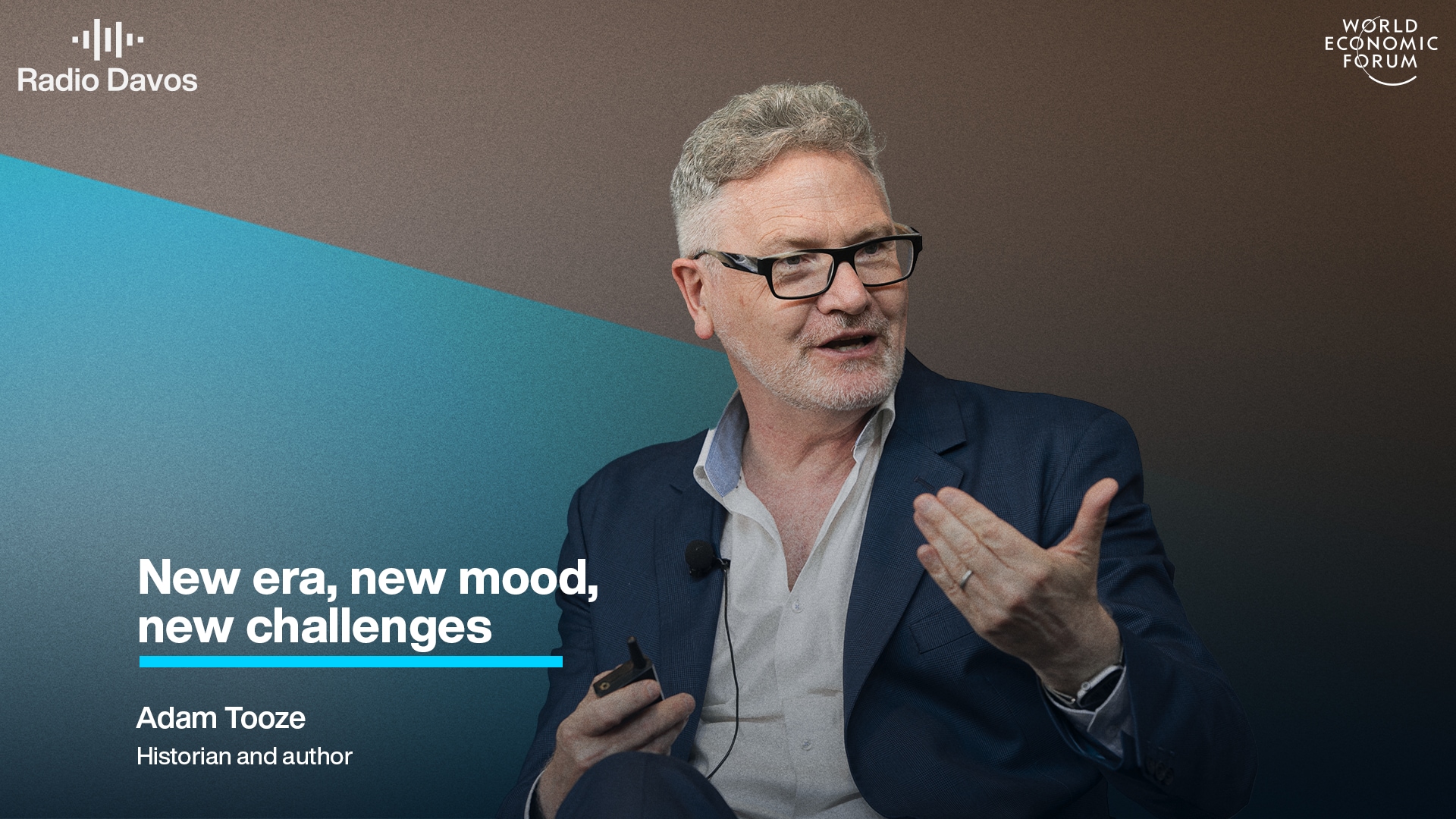What lies ahead for the global economy? Economists give their views

Asia is expected to experience the most buoyant economic activity in 2023.
Image: Pexels/Pixabay
Stay up to date:
Geo-economics
Listen to the article
- The global economy remains under pressure from a variety of issues.
- The World Economic Forum’s latest Chief Economists Outlook finds that economists are divided on the chances of a global recession in 2023.
- During the Forum's Growth Summit, which took place on 2-3 May 2023, leading economists explored the state of the global economy.
Uncertainty seems to be the only certainty left when it comes to assessing the global economic outlook.
Economists are not just divided on the prospects of a worldwide recession in 2023, but they are about as divided as it is possible to be: 45% think it is likely, while 45% think it is unlikely. Even the 3% who see it as extremely likely are balanced out by the 3% who see it as extremely unlikely.

This is according to the World Economic Forum’s Chief Economists Outlook 2023, which says that the unpredictable road ahead can only be negotiated successfully if countries agree to work together and adapt to changing circumstances.
Those changing circumstances include established business and industry models being first challenged by the COVID-19 pandemic, and now facing further tests from a more competitive geopolitical and geoeconomic environment. How to steer a path through these developments will be the focus of the Forum's 14th Annual Meeting of the New Champions, which will bring together over 1,500 global leaders from business, government, civil society and international organizations in Tianjin, People’s Republic of China, on 27-29 June.
“As leaders navigate the precarious headwinds of high inflation, uneven growth and geopolitical fragmentation, international cooperation and sound policymaking have never been more important,” says the Forum’s Managing Director, Saadia Zahidi. “Concrete actions must urgently be taken to charter a path towards more inclusive global growth that can sustainably improve the lives of millions around the world.”
Amid all the uncertainty, this is one of the standout areas of consensus in the report. Here are some of the other key takeaways.
Asia’s economy growing fastest
One of the clearest areas of consensus is around which regions will see the strongest and weakest economic growth this year.
Asia is expected to experience the most buoyant economic activity, with 93% of economists surveyed for the report predicting at least moderate growth in the region. China is leading the charge, with its reopening after lockdowns prompting 97% of respondents to forecast moderate, strong or very strong growth in the country.
Things look very different for Europe, however, with three-quarters of those surveyed expecting weak or very weak economic growth in 2023. But this actually marks a major improvement from previous predictions – just 6% now expect very weak growth, compared with 68% in the January 2023 edition of the Chief Economists Outlook.
The change is down to Europe’s energy markets holding up better than expected during the winter, although weak business and consumer sentiment and tight financial conditions continue to weigh on the region’s prospects. Europe is consequently seen as having the highest risk of stagflation – a combination of high inflation and economic stagnation.
Inflationary pressures will persist
Europe’s outlook may have improved since January, but forecasts for inflation have not. There are marked upticks in inflation expectations across all regions compared with the previous Chief Economists Outlook.

The divisions are again most stark when comparing Asia and Europe. Nine in ten of the economists surveyed think high or very high inflation is on the way for Europe, while lower or moderate rates of inflation are predicted in many parts of Asia. Nearly half of respondents expect low inflation in China.
Expectations of high US inflation have almost tripled since January, with this now the prediction of 68% of the economists surveyed. While headline inflation is falling in the US, core inflation – which excludes energy and food prices – is proving stubborn.
Banking tremors have destabilized efforts to deal with inflation
Bank runs led to the collapse of Silicon Valley Bank and two other US lenders in March 2023, and the resulting shockwaves left Switzerland’s Credit Suisse requiring a government-backed takeover.
What is the Forum doing to improve the global banking system?
This instability has added a “layer of complexity to current inflation dynamics, by putting pressure on central banks to moderate the pace of monetary tightening”, says the Chief Economists Outlook. This is linked to widespread expectations that it will now become harder for businesses to secure lending from banks, which could slow investment and decelerate economic growth further.

Almost 80% of chief economists surveyed believe that central banks now face a trade-off between managing inflation and maintaining financial sector stability. But the consensus is they will opt to slow the pace of interest-rate rises over the course of this year, with 82% expecting this. The facts on the ground seem to back this up, with the US Federal Reserve recently indicating it could make only one more rate hike this year.
However, rates remain higher than they have been for a long time, and there are questions around which areas of the economy are vulnerable as a result. Property markets are the biggest area of concern, with 67% of economists surveyed expecting “significant disruption” in this area.

Economic fragmentation will only create fragility
Beyond the short-term uncertainty, most of the economists surveyed also see longer-term shifts taking place in patterns of global activity.
Deepening geopolitical tensions are leading to more assertive industrial policies, with “the world’s largest powers seeking to maintain or develop their strategic autonomy and limit their dependence on rivals for crucial goods and services,” the report says.

On top of this, national pushes to boost green industries – notably through the US Inflation Reduction Act and the EU’s Green Deal Industrial Plan – have led to increased political influence over key economic decisions, and to free-market policy frameworks being “discredited” in many countries, the report says.
All of this is likely to lead to more fragmented – and potentially fragile – economic activity, the chief economists surveyed say. A third expect “significant changes” to global supply chains in the coming three years, and just 13% think global economic resilience is going to improve.

Enabling resilient economic growth was one of the three core themes at the World Economic Forum’s Growth Summit on 2-3 May. Discussions in this area focused on advancing inclusive and sustainable economic growth, trade, investment, productivity, manufacturing, global development and equitable globalization.
Accept our marketing cookies to access this content.
These cookies are currently disabled in your browser.
Don't miss any update on this topic
Create a free account and access your personalized content collection with our latest publications and analyses.
License and Republishing
World Economic Forum articles may be republished in accordance with the Creative Commons Attribution-NonCommercial-NoDerivatives 4.0 International Public License, and in accordance with our Terms of Use.
The views expressed in this article are those of the author alone and not the World Economic Forum.
Forum Stories newsletter
Bringing you weekly curated insights and analysis on the global issues that matter.
More on Geo-Economics and PoliticsSee all
Spencer Feingold
July 30, 2025
Matt Watters
July 29, 2025
Valeriya Ionan
July 28, 2025
Michael Wang
July 28, 2025
Mark Esposito
July 24, 2025







